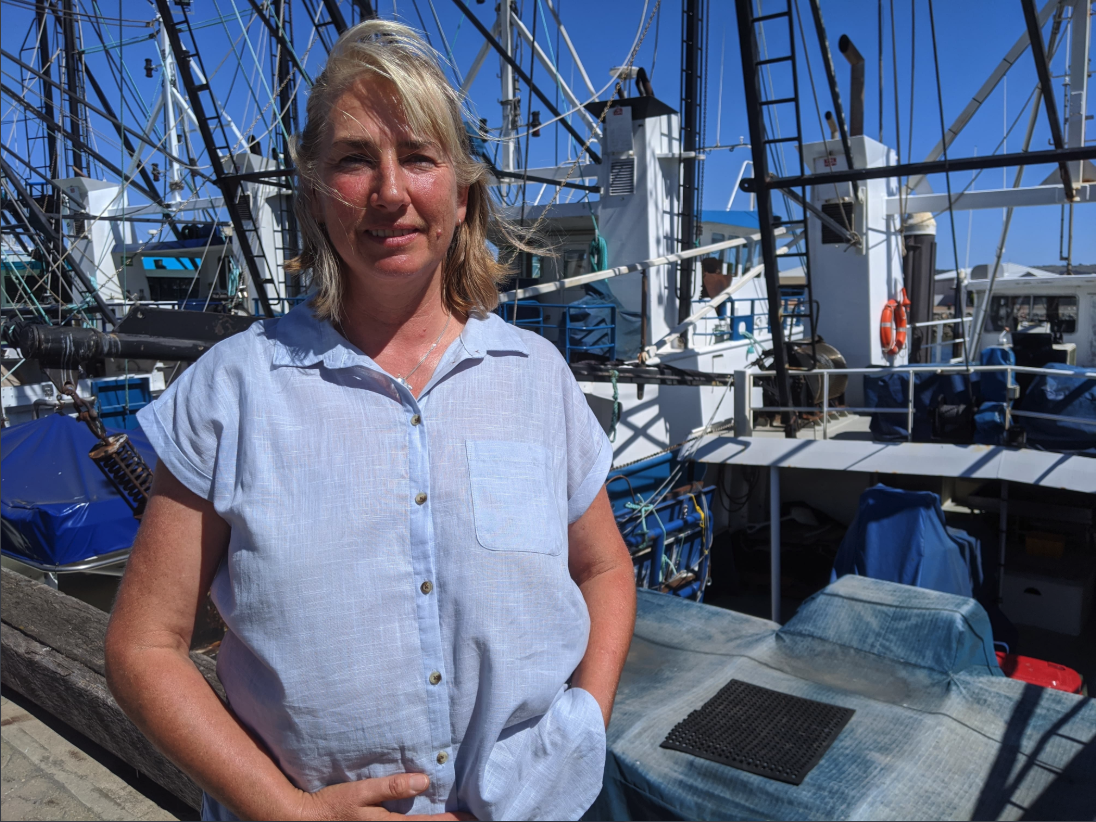Retiring scientist Kirsten Rough reflects on the highlights of her career supporting the pioneering Southern Bluefin Tuna aquaculture sector in South Australia.
The small-scale ranching of Southern Bluefin Tuna (Thunnus maccoyii) (SBT) had been underway for just three years when Kirsten Rough first joined the industry as a freshly minted marine science graduate in 1994.
Over the course of 30 years, her research and extension efforts have helped fishers to successfully pioneer animal husbandry and ranching techniques for the species. This has helped the sector grow to a peak value of $273 million for the South Australian economy.

Port Lincoln, on the Eyre Peninsula, is the base for SBT ranching operations. As a local, Kirsten already knew many of the fishers involved in this emerging sector when she joined the then Tuna Boat Owners Association (TBOA) as a research scientist. The association was later renamed Australian Southern Bluefin Tuna Industry Association (ASBTIA).
Transition to aquaculture
SBT ranching began as a value-adding proposition when fishing quotas were reduced. Ranching involves purse-seining SBT as they migrate across the Great Australian Bight, bringing fish inshore to ongrow them in ocean pens for up to five months.
But the transition from fishing to farming is not a simple one.
“When ranching first began, we needed to know how to keep fish alive, rather than how to kill them efficiently. And we needed to know what was ‘normal’ in terms of SBT health,” explains Kirsten.
“When I started the mortality rate in ranching was close to 30 per cent and my main focus was bringing that down.” Today the mortality rate is routinely less than one per cent.
It’s clear she has great admiration for the species that has been the focus of her career.
“Their growth is phenomenal. They can double their weight in the short period of time they are ranched.
“There are also fundamental differences between tuna and most other types of fish, which affect every aspect of farming,” she says.
“SBT have an elevated body temperature, which they keep higher than the ambient water temperature. This has implications for their immune system and how they feed. “They are highly evolved fish and can feed by sight, smell and hearing. They also have to keep moving to breathe, which is not the case with most other fish.
“And because we source SBT from the wild, rather than raising them in hatcheries, it means they might already have natural pests or diseases we can’t immediately see.”
Her very first project with TBOA identified an opportunistic protozoan parasite that was contributing to the high mortality rate in ranched fish. Tweaking husbandry practices enabled the tuna to be less susceptible to infection.
Since then, TBOA and then ASBTIA have worked hard to improve fish health outcomes. “It’s been very rewarding,” Kirsten says.
Research partnerships
Much of the fundamental information that underpins SBT ranching has come on the back of research that Kirsten has initiated or been involved with. These projects have been supported through first one of FRDC’s first Subprograms that then became an Industry Partnership Agreement (IPA) with FRDC, revolving around the central themes of fish health, nutrition, engineering, and the environment.
Kirsten says one benefit of working with the SBT sector has been the long-term relationships with sector partners, research institutions, aquatic veterinarians and with other ASBTIA staff, particularly Brian Jeffriess, Claire Webber, and David Ellis. These people have all been integral in helping the sector develop.
She has also had the opportunity to work with leading researchers from diverse disciplines in Australia and internationally. The nature of the SBT ranching sector means projects have often crossed the wild fishing–aquaculture divide, into oceanography, ecology and climatology, for example.
Kirsten has also contributed to regulation and policy development as the sector grew, along with cutting-edge research to develop ranching practices.
“For me, the added dimension of getting science into guiding policy for the sector is something I’m particularly proud of – policy development based on science and evidence,” says Kirsten.





